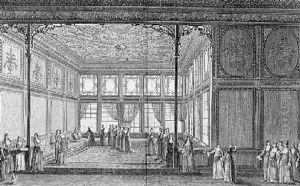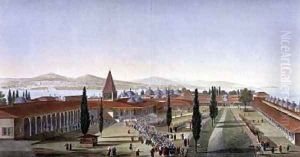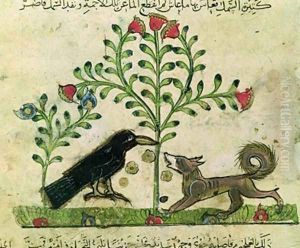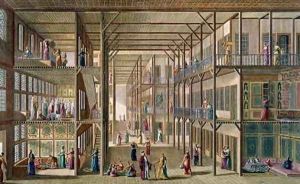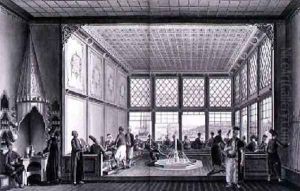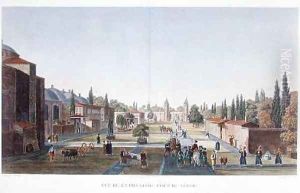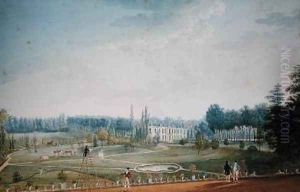Anton Ignaz Melling Paintings
Anton Ignaz Melling was a notable artist and architect born in 1763 in Karlsruhe, Germany. His work is particularly renowned for its detailed depictions of architectural and natural landscapes, which not only served as visual documentation but also as a bridge between Eastern and Western artistic expressions during the late 18th and early 19th centuries. Melling's journey into the world of art and architecture was influenced by his background and education in Germany, but it was his travels and eventual settlement in the Ottoman Empire that significantly shaped his career and legacy.
Melling's most significant contribution to art history is his detailed portrayal of Ottoman architecture and landscapes. He moved to Constantinople (now Istanbul) in the late 1780s, where he worked as a court artist and architect for Sultan Selim III. This position allowed him unprecedented access to the Ottoman court and its surroundings, enabling him to create intricate drawings and watercolors of palaces, gardens, and urban scenes. His works from this period are valued not only for their artistic merit but also for their historical importance, providing insight into the architectural and cultural environment of the Ottoman Empire at the time.
In 1803, Melling embarked on a project that would cement his reputation: the publication of 'Voyage pittoresque de Constantinople et des rives du Bosphore'. This ambitious work, published over several years, was a comprehensive collection of engravings based on his drawings, offering viewers a detailed and picturesque journey through the Ottoman capital and its environs. The publication was acclaimed for its accuracy and beauty, appealing to a European audience fascinated by the exotic allure of the East. Melling's meticulous attention to detail and his ability to capture the essence of his subjects won him admirers among scholars, artists, and the general public alike.
Despite his success, Melling's life was not without challenges. His tenure in Constantinople had its ups and downs, and he eventually returned to Europe, where he continued to work and publish. He spent his later years in Paris, where he died in 1831. Today, Anton Ignaz Melling is remembered as a key figure in the field of Orientalist art, his works serving as a valuable resource for understanding the cultural and architectural landscape of the Ottoman Empire during a time of significant transition. His legacy is preserved in the collections of major museums and libraries around the world, attesting to the enduring appeal and importance of his artistic contributions.
